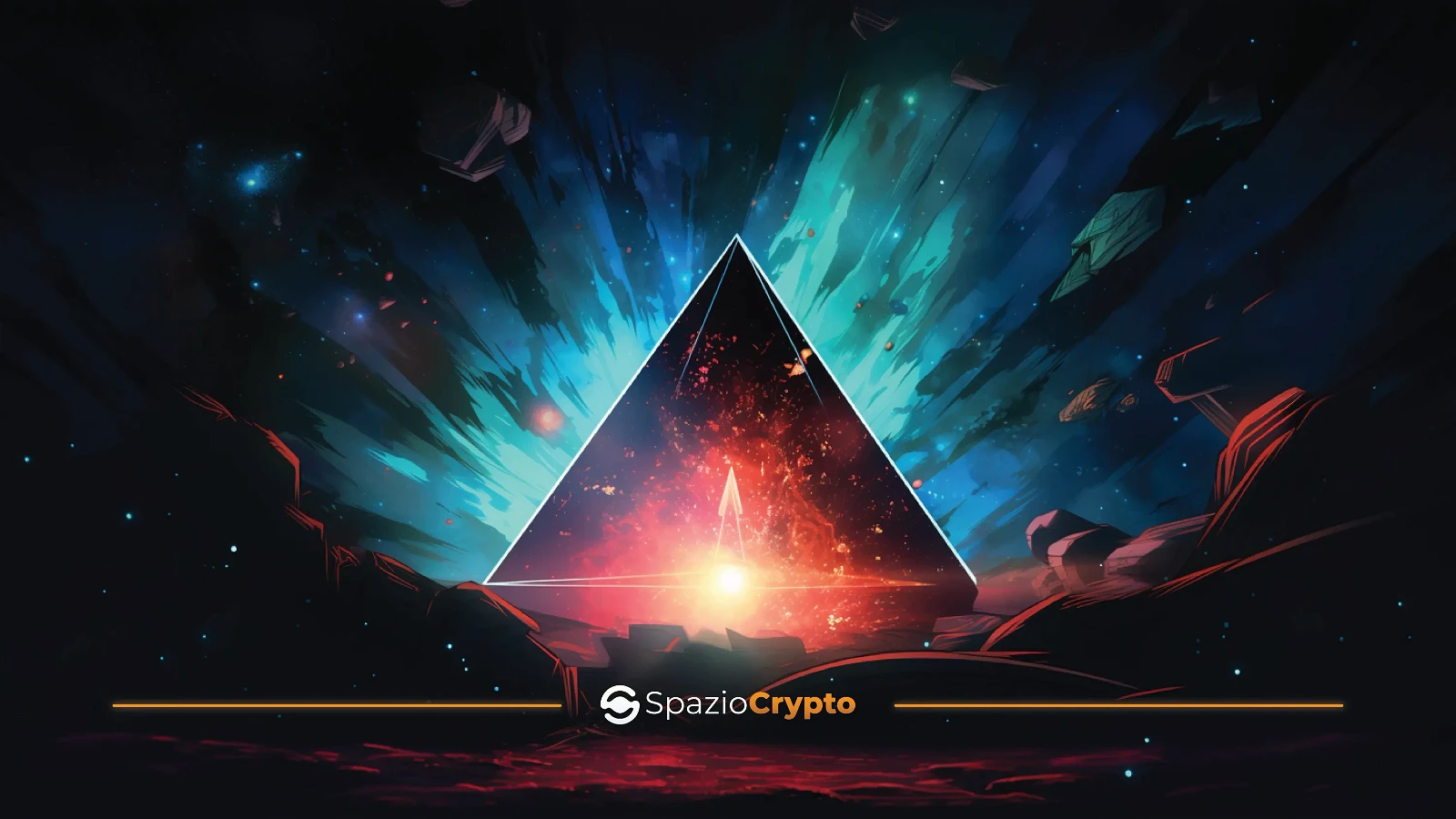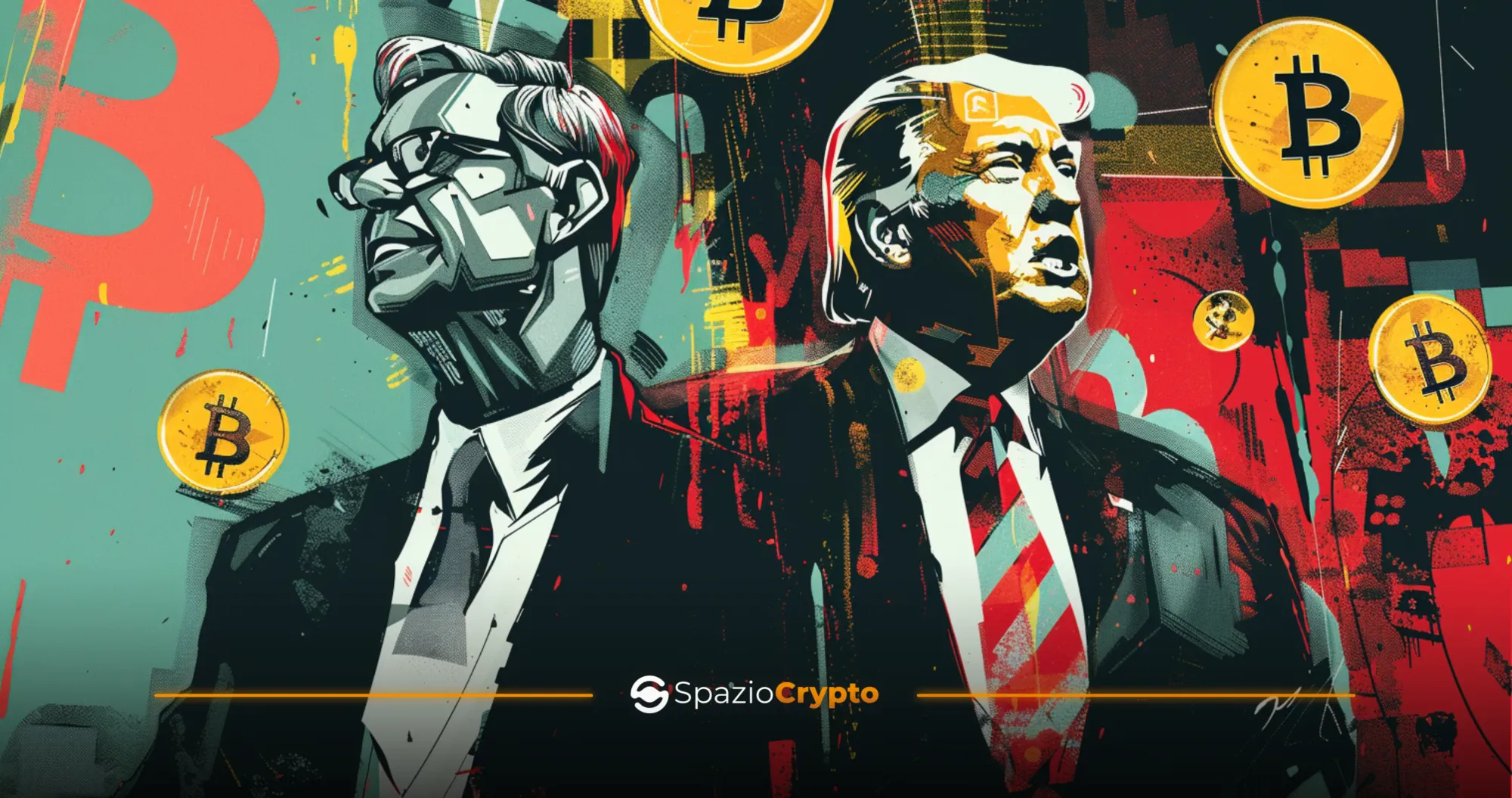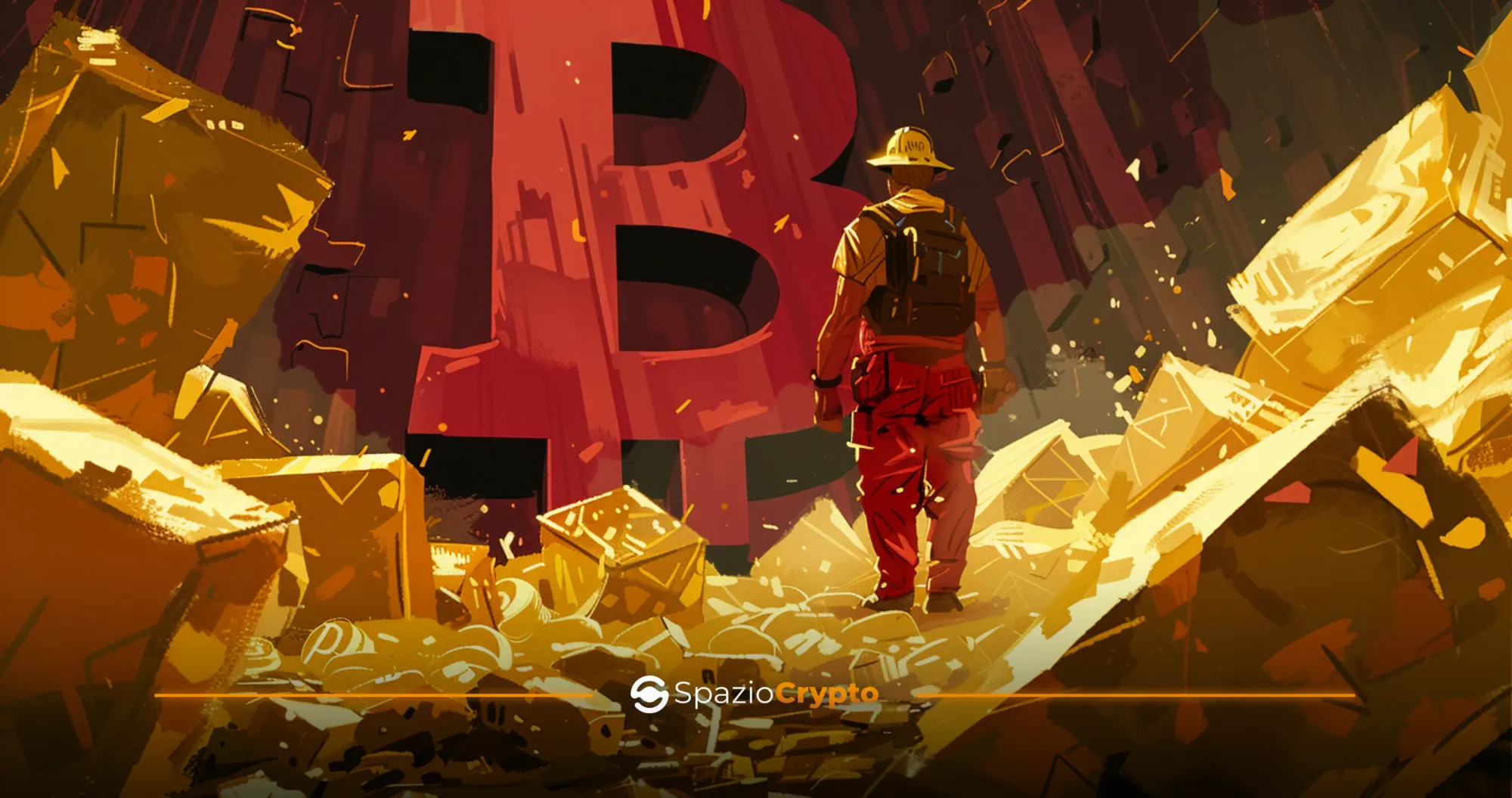Blockchain networks have revolutionised the way we conceive and manage digital transactions, but they face a fundamental challenge: the Scalability Trilemma. This concept, first introduced by Vitalik Buterin, the co-founder of Ethereum, focuses on the need to balance three key elements: decentralisation, security and scalability.
The Fascination of Decentralisation
Decentralisation represents the first prong of this trilemma. In an increasingly interconnected world, the idea of escaping centralised control has gained extraordinary importance. The promise of distributed networks, without a single point of control, has captured the imagination of innovators and proponents of cryptocurrencies. However, this decentralisation is not without its challenges. The balance between participating nodes and the ability to make decisions in a consensual manner are crucial factors for the robustness of the system.
The Security Pillar
The second prong of the trilemma focuses on security, a non-negotiable element when it comes to financial transactions and sensitive data. Blockchain networks must withstand threats of cyber attacks, manipulation and other vulnerabilities. How to maintain a high standard of security without sacrificing decentralisation becomes a delicate challenge, requiring constant innovation and adaptation to emerging threats.
The Scalability Requirement
The third vertex, and often the most difficult to address, is scalability. With the increasing adoption of cryptocurrencies and decentralised applications, the ability to process more and more transactions becomes crucial. However, any solution to increase scalability may have impacts on decentralisation or security. Finding a balance between these three elements becomes, therefore, the core of the challenge.
In this article of Spaziocrypto's Web3 guide, through the scalability trilemma, we will explore each of these vertices in depth, analysing the challenges and solutions proposed by the blockchain community.
Decentralisation: The First Vertex of the Trilemma
Decentralisation has been the cornerstone of blockchain networks since their invention. The idea of eliminating the need for a central authority and distributing power among participants is the engine that has fuelled the enthusiasm around cryptocurrencies. However, this ambitious concept presents unique challenges that go beyond simply distributing nodes.
The Concept of Decentralisation: An In-Depth Analysis
Decentralisation is not a monolithic concept; rather, it is a set of principles that permeate the entire blockchain ecosystem. In a decentralised network, decisions are made consensually, often through consensus mechanisms such as the Proof-of-Work or Proof-of-Stake. This prevents the centralisation of decision-making power and distributes authority among all participants.
Challenges in the seeking of decisive balance
While decentralisation is crucial for ensuring censorship resistance and network resilience, achieving it fully can be complex. The balance between participating nodes and the efficiency of decisions made by consensus requires continuous attention and technological development. Projects that seek to maximise decentralisation may encounter obstacles in performance and efficiency.
The Role of Nodes and Power Sharing
The key actors in decentralisation are the nodes distributed across the network. Each node has a copy of the register and participates in the decision-making process. The redundancy of these copies makes the network resistant to failures and attacks. However, increasing the number of nodes can affect the speed of consensus and the network's ability to scale.
Next-Step: Browsing-the-Pages-of-Security
In the next chapter, we will dive into the second vertex of the trilemma: security. Like decentralisation, security is an essential element in building resilient and reliable blockchain networks. We will uncover the specific challenges related to security and the strategies adopted to ensure a robust blockchain ecosystem.
Security: The Second Vertex of the Trilemma
Security represents the second vertex of the Scalability Trilemma and is a key element in ensuring integrity and trust in blockchain networks.
Registry Integrity and Immunity to Manipulation
The heart of any blockchain is the distributed registry, which securely stores all transactions that have taken place. Security here is crucial to ensure that the ledger is immune to manipulation. Cryptographic mechanisms, such as digital signatures, play a key role in ensuring the integrity of transactions.
Consensus and Security: A Delicate Dance
Security is often closely linked to consensus mechanisms. While Proof-of-Work (PoW) and Proof-of-Stake (PoS) are widely used, each approach has its own challenges. PoW requires huge computational resources, while PoS presents a '51%' risk of attacks. Finding the right balance between security and sustainability is one of the main challenges for blockchain developers.
Smart Contracts and Potential Vulnerabilities
With the advent of smart contracts, new security challenges emerge. The programmability of blockchain through smart contracts can lead to vulnerabilities and exploits, as demonstrated by past incidents. The blockchain community is constantly engaged in developing secure coding and auditing practices to reduce the risk of breaches.
Innovative Approaches to Blockchain Security
Emerging projects are exploring innovative approaches to security, such as integrating zero-knowledge proof technologies or combining multiple consensus mechanisms. These attempts seek to improve the resilience of blockchain networks against sophisticated attacks, opening up new avenues for security in the cryptocurrency landscape.
Next-Step: Navigating the Troubled Waters of Scalability
In the next chapter, we will dive into the third vertex of the Scalability Trilemma: scalability. We will explore how blockchain networks attempt to handle the growing volume of transactions without compromising decentralisation and security.
Scalability: The Third Vertex of the Trilemma
Scalability is the third vertex of the Scalability Trilemma, and represents the challenge of enabling blockchain networks to handle increasing numbers of transactions without compromising decentralisation and security. We examine the various approaches and innovative solutions taken to address this complex equation.
Comparison Between TPS and Decentralisation
The capacity for transactions per second (TPS) is often a key indicator of scalability. However, increasing the number of transactions handled may have implications for decentralisation. Projects aiming for extreme scalability may have to sacrifice a certain degree of distribution to maintain high performance.
Layer 2 Scaling: A First-Floor Solution
A common strategy to address scalability is the implementation of 'Layer 2' solutions. These protocols, such as the Lightning network for Bitcoin or state channels, seek to move part of the transactions off the main blockchain, thus reducing the load on the main chain and increasing the overall capacity of the network.
Sharding: Subdividing to Conquer
A promising approach is sharding, a technique that divides the blockchain into autonomous fragments (shards) capable of processing transactions independently. This methodology seeks to improve overall efficiency by allowing more transactions at the same time.
Consensus optimised for scalability
The choice of consensus mechanism can significantly influence scalability. Some protocols, such as Proof-of-Stake (PoS) or Proof-of-Authority (PoA), aim to reduce resource consumption, allowing for more scalability than the more intensive Proof-of-Work.
Future of the Scalability Trilemma
The blockchain network landscape is dynamic, constantly evolving, and the Scalability Trilemma is no exception. We explore the future prospects, emerging challenges and technological innovations that could define the fate of decentralisation, security and scalability in the cryptocurrency world.
Emerging Challenges and Adaptations-Necessary
New challenges are on the horizon as blockchain adoption grows. Areas such as privacy, interoperability between different blockchains and data management remain crucial focuses. Developers will need to adapt their strategies to meet these new challenges without compromising the other prongs of the Trilemma.
Technological Innovations: In Search of Advanced Solutions
Technological advancement is the key to overcoming the challenges of the Trilemma. Emerging technologies such as quantum computing, new consensus algorithms and improvements in blockchain architecture could revolutionise the management of decentralisation, security and scalability.
DeFi and NFTs: New Frontiers of Adoption
The growth of the decentralised finance (DeFi) and nonfungible tokens (NFTs) sectors is driving demand for scalable blockchain solutions. The expansion of these new frontiers influences the Scalability Trilemma and how blockchain networks are adapting to support the huge volume of transactions associated with these domains.
Interproject Approaches: Polkadot and Other Interoperability Ecosystems
Projects such as Polkadot, which aim to create an interoperability ecosystem between different blockchains, could open up new ways to balance decentralisation and scalability. These inter-project approaches can revolutionise collaboration between different blockchain networks, addressing the Trilemma in a synergistic way.
Regulatory and Social Impacts
The evolution of the Trilemma is not only driven by technology but also by regulatory and social factors. Government regulations, public acceptance and concerns over environmental sustainability could shape the future of blockchain.
Conclusion: Finding the Evolutionary Balance
The Scalability Trilemma is set to remain a key challenge as blockchain networks continue to evolve. Finding the balance between decentralisation, security and scalability will be an ongoing quest, fuelled by technological innovations, strategic adaptations and a deep understanding of the needs of the blockchain community. At Spaziocrypto, we are convinced that in this relentless search, the future of the Trilemma will be written through collaboration and relentless efforts towards a more resilient and adaptable blockchain.








